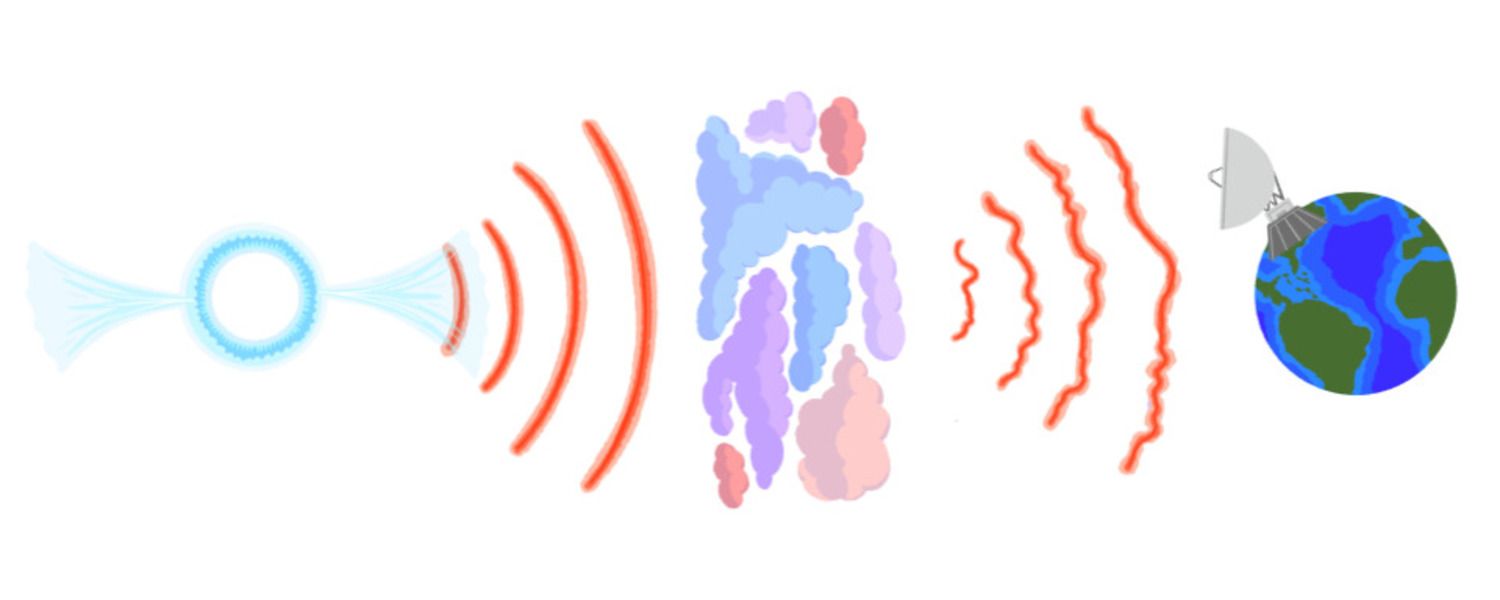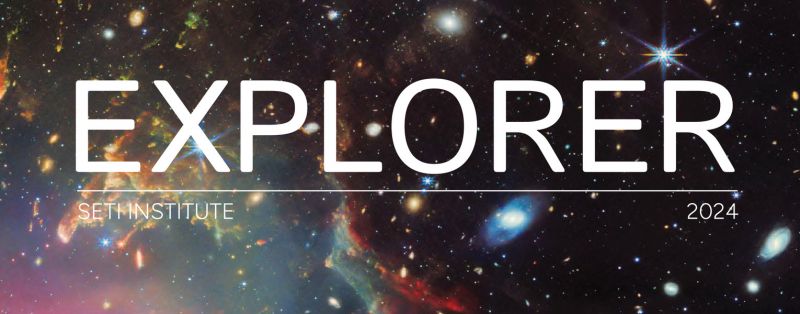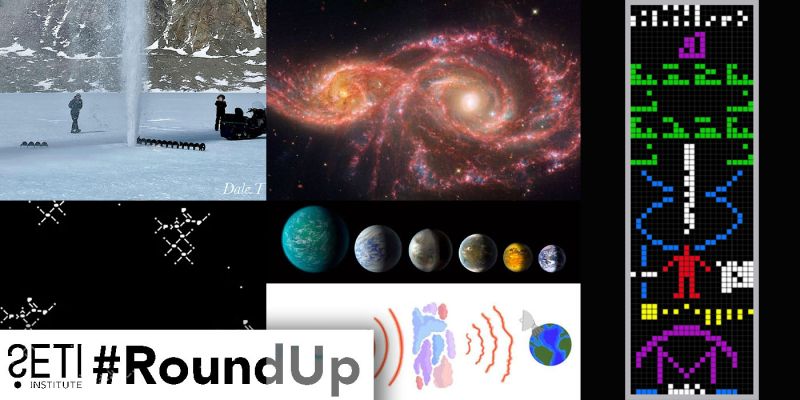
November 26, 2024, Mountain View, CA – Dr. Sofia Sheikh from the SETI Institute led a study that sheds new light on how pulsar signals—the spinning remnants of massive stars—distort as they travel through space. This study, published in The Astrophysical Journal, was performed by a multi-year cohort of undergraduate researchers in the Penn State branch of the Pulsar Search Collaboratory student club. Maura McLaughlin, Chair, Eberly Distinguished Professor of Physics and Astronomy, West Virginia University, created the Pulsar Search Collaboratory to engage high schoolers and undergraduates in pulsar science, and she helped facilitate access to the data used in this study. Using archival data from the Arecibo Observatory, the student team found patterns that show how pulsar signals change as they move through the interstellar medium (ISM), the gas and dust that fills the space between stars. The team measured scintillation bandwidths for 23 pulsars, including new data for six pulsars not previously studied. The results showed that in almost all cases, measured bandwidths were higher than predictions by widely used models of the galaxy, highlighting a need for updates to current ISM density models.
“This work demonstrates the value of large, archived datasets,” said Dr. Sofia Sheikh, SETI Institute researcher and lead author. “Even years after the Arecibo Observatory's collapse, its data continues to unlock critical information that can advance our understanding of the galaxy and enhance our ability to study phenomena like gravitational waves.”
When radio light from a pulsar travels through the ISM, it gets distorted in a process known as "diffractive interstellar scintillation” (DISS). The same physics that makes light refract into patterns on the bottom of a swimming pool or causes stars to twinkle in the night sky also causes DISS. Instead of water in a pool or air in the atmosphere, DISS occurs when clouds of charged particles in space cause a pulsar's light to "twinkle" across time and frequency.
Collaborations such as the NANOGrav Physics Frontiers Center use pulsars to study the gravitational wave background, which can help researchers understand the early Universe and the prevalence of gravitational-wave sources such as supermassive black-hole binaries. The pulsar timing measurements must be extremely precise to measure the gravitational wave background correctly. The results from this study will help better model the distortions caused by DISS, which will increase the precision of the pulsar timing measurements of projects like NANOGrav.
The study found that models incorporating galactic structures, such as spiral arms, tend to better fit the DISS data despite the challenge of accurately modeling the Milky Way’s structure. Moreover, the study showed that the models most accurately predicted the bandwidths of pulsars that were used in their development while predictions of newly discovered pulsars were worse. This suggests limitations that reinforce the need for continual updates to galactic structure models.
This pilot study, part of the AO327 survey from Arecibo, serves as a foundation for future research on pulsar scintillation and gravitational waves. By expanding the pilot study to more recently discovered pulsars in the AO327 dataset in the future, the team hopes to further improve ISM density models for collaborations that observe pulsar timing arrays like NANOGrav.
This research involves the collaboration between authors at the SETI Institute, Penn State, and the NANOGrav Group at West Virginia University. The team includes SETI Institute researcher Michael Lam and former SETI Institute researcher Grayce Brown.
Read the paper here: https://iopscience.iop.org/article/10.3847/1538-4357/ad8659. DOI: 10.3847/1538-4357/ad8659.
About the SETI Institute
Founded in 1984, the SETI Institute is a non-profit, multi-disciplinary research and education organization whose mission is to lead humanity’s quest to understand the origins and prevalence of life and intelligence in the universe and share that knowledge with the world. Our research encompasses the physical and biological sciences and leverages data analytics, machine learning, and advanced signal detection technologies. The SETI Institute is a distinguished research partner for industry, academia, and government agencies, including NASA and the National Science Foundation.
Contact information
Rebecca McDonald
Director of Communications
SETI Institute
rmcdonald@seti.org





